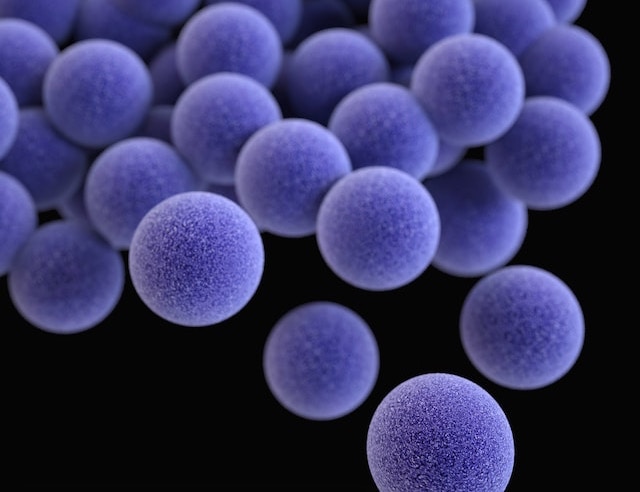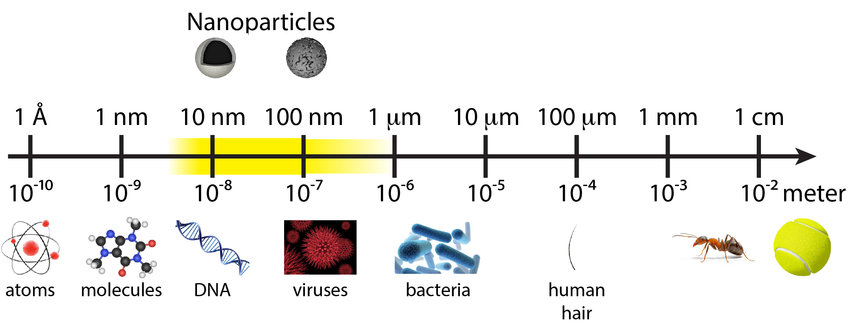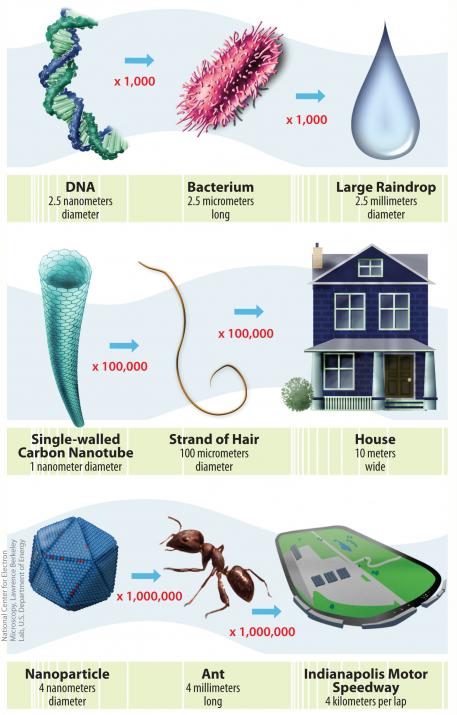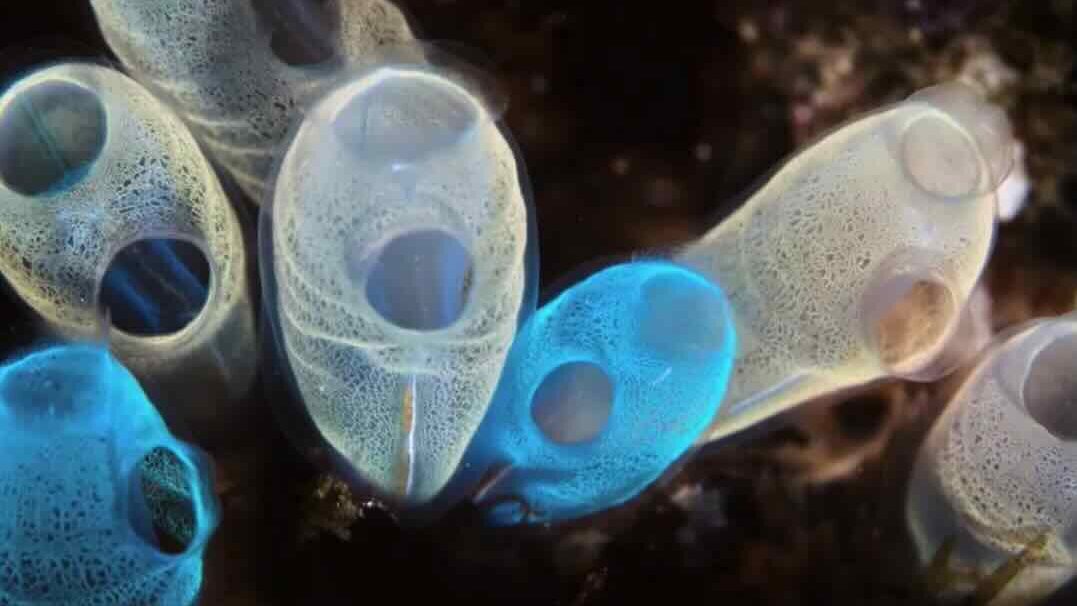A Series of Studies Reveal the Far-Reaching Impacts of Micro- and Nanoplastics on Humans, Food, and the Environment
Did you know you are inhaling plastics right now? You might also be drinking them while reading this article.
We use plastics for everything. This includes food containers, tyres, phones, cups, straws, computers, clothing, and kitchen utensils. You name it. This addiction has allowed plastics to reach oceans, rivers, high mountains, and clouds, and even to contaminate the air, water, and 99% of the seafood we consume.
Because plastics do not biodegrade but instead break down into micro- and nanoplastics, it’s no surprise that we already have them inside our bodies.
What are the potential consequences? Metabolic disturbances, brain health issues, and even premature births. Consider this every time you buy and throw away a plastic bottle, candy wrapper, or bag.
Let’s explore the results of several studies on the impact of micro- and nanoplastics. But first, we’ll clarify what nanoplastics are to get a clear picture of their minuscule size and the risks they pose.
Today’s Focus of Attention is reader-supported. We sometimes include products we think are useful for our readers. If you buy through links on this page, we may earn a small commission.
What Are Nanoplastics?

Nanoplastics are microscopic particles smaller than 100 nanometres. They arise from the breakdown of larger plastic debris and exist in both marine and terrestrial environments.
To grasp their scale:
- A nanometre is one billionth of a metre.
- Proteins are 10 nanometres long.
- Viruses come in at 100 nanometres.
- Human red blood cells measure 10,000 nanometres.


Because nanoplastics are so infinitesimal, they can enter any organism. The more plastic we produce and consume, the more polymer concentrations we’ll have within us.
Two of the most common plastics are:
- Polystyrene (PS)
- Polyethylene terephthalate (PET)
They appear in everything: bags, bottles, and food containers.
Most research has focused on PS nanoparticles, while little is known about the impact of PET on living organisms. That is precisely where our first study comes in.
Understanding the Effects of Polyethylene Terephthalate NPs

In a pioneering investigation published in Nature Journal, scientists from Leipzig University and the Helmholtz Centre for Environmental Research uncovered the harmful effects of PET NPs on zebrafish embryos.
Through a non-destructive method called HRMAS (high-resolution magic-angle spinning), researchers examined what happens inside zebrafish when they are exposed to these nanoparticles.
They found nanoparticles accumulating in critical organs—kidney, liver, intestine, and brain—triggering behavioural changes and reduced movement in the embryos.
If such a tiny sea dweller can be severely affected, imagine what could happen to larger creatures (including humans).
Dr Alia Matysik said, “PET NPs disrupt liver function and induce oxidative stress, affecting cell membranes and energy systems.” She also noted that these particles altered the biochemistry of the organism.
Although the implications remain unclear, nanoplastics present similar challenges to mammals and humans.
For long enough, we’ve known plastics contaminate water bodies and land, but what about places without a human footprint?
“Plastics should be prevented from entering the environment, because once they’re in, there’s no straightforward way to remove them.” Dr Jörg Matysik, from the Institute of Analytical Chemistry
Nanoplastics in the High Alps—Tyres as a Major Culprit

The Helmholtz Centre for Environmental Research found that vehicle tyre wear is the largest source of nanoplastic pollution in the high Alps.
Dr Dušan Materić recruited experienced mountaineers to collect snow samples across France, Switzerland, and Italy.
The results, published in Scientific Reports, showed that tyre fragments accounted for 41% of the nanoplastics identified, outpacing polystyrene (28%) and polyethylene (12%).
But how do tyres reach such altitudes? Well, every time you drive, your tyres shed dust-like rubber, which is then carried by air currents.
Each tyre can lose up to 4 kg of plastic debris over its lifetime. Multiply that by 1.6 billion tyres worldwide to understand the scale.
Dr Materić suggests creating a global map of contamination to assess NPs’ influence on weather and airflow. Because for plastics, “the sky is not the limit.”
A trailblazing study in Environmental Chemistry Letters found alarming levels of synthetic polymers in clouds over Japan’s Mount Fuji and Mount Oyama.
Professor Hiroshi Okochi from Waseda University explained that plastic pollution travels vast distances and ends up as ‘plastic rainfall,’ contaminating both crops and fresh water.
Findings in Detail
Samples taken at altitudes of 1,300 to 3,776 metres contained nine types of polymers, including polyurethane and rubber. Furthermore, the cloud mist had 6.7 to 13.9 pieces of microplastics per litre, along with ‘water-loving’ plastic bits. These amplify cloud formation and influence our climate.
Here’s the worst part: under ultraviolet light, micro- and nanoplastics release greenhouse gases as they break down. When will this madness end? I’m doing my bit—what about you?
Let’s move on to the next paper, which zeroes in on the devastation plastics cause to sea creatures.
Micro- and Nanoplastics Masquerade as Food and Destroy Marine Life

Tel Aviv University has discovered how plastic particles cover up and poison marine ecosystems, threatening ocean health, and our food supply.
Investigation in Action
Going a step further, this study explored how nanoplastics transform as they pass through the digestive systems of filter feeders.
Filter feeders are species that get nutrients by filtering small organisms and organic matter from water. Their specialised organs trap these particles as food.
Professor Ines Zucker and PhD student Eden Harel focused on ascidians, creatures that efficiently filter tiny fragments in oceans.
How Filter Feeders Alter Micro- and Nanoplastics
Within a controlled laboratory marine simulation, researchers added two types of particles to ascidians:
- Polystyrene (PS), common in food containers, cosmetics, and computer cases.
- Polylactic acid (PLA), a bioplastic found in textiles, packaging, baby wipes, and nappies.
For over 48 hours, the team observed filtration, digestion, and excretion unfolding:
- Ascidians removed 90% of polystyrene (PS) within two hours. But it returned to the water 48 hours after digestion.
- PLAs decreased in concentration. Yet they turned into undetectable nanoplastics during digestion. This suggests PLAs are not as eco-friendly as claimed.
In brief, PSs persisted in their original form, while PLAs fragmented into smaller, difficult-to-detect pieces.
To Make Things Worse…
Upon seeing the results, researchers used Raman spectroscopy to analyse micro bits that ascidians excreted, exposing another shocking outcome.
PhD student Eden Harel explained, “Our findings revealed microplastic particles are excreted from the ascidian’s digestive system coated with a faecal layer.” This means animals like oysters—which filter and eat particles—ingest disguised plastics, leading to carcinogenic substances on your plates.
Moreover, this faecal coating allows heavy metals and antibiotics to adhere, making the nano-sized pieces more toxic. Heavier faeces also sink faster, creating hotspots of polymeric materials on the ocean floor, boosting carbon and nitrogen saturation, and triggering algal blooms.
As marine pollution intensifies, so does the plastic content in seafood.

Scientists analysed 182 specimens—from supermarkets and a fishing boat in Oregon—and found that prawns contained the highest levels.
Textiles and clothing fibres topped the contamination chart with over 80% of fragments. They may come from fast-fashion giants such as Temu, Zara, Shein, or H&M, which produce low-quality, plastic-heavy fabrics.
It’s logical. We saturate our planet with plastics, and in turn, we end up eating them.
These microparticles carry PFAS, bisphenol, and phthalates, chemicals linked to cancer, hormone disruption, and neurological disorders.
The research team also noted that rinsing seafood doesn’t remove microplastic loads.
“As long as we’re using plastic as a major component in our daily lives, we’re going to see it in our food too.” Dr Elise Granek, Portland State University
Solutions to the Problem
Granek suggests individual efforts, like washing clothes less or opting for natural fabrics, can help. But policy changes are essential. Will governments act? I don’t think so.
No one seems to escape plastics. Let’s look closer to home.
Are you unknowingly poisoning your loved ones? A wide range of kitchen items shed microplastics right into your family’s food.
- Non-stick cookware (Teflon) releases millions of plastic bits if scratched or used at high temperatures.
- Containers, tea bags, spice packaging, and utensils degrade and leach plastic into your meals.
Researchers link this microplastics intake to organ damage, brain health problems, and inflammation. Could those extra stones you are carrying be a direct consequence of plastic ingestion?
We must stop using plastics in our kitchens now.
What is the Solution?
- Switch to wooden or stainless steel utensils.
- Use glass or ceramic containers.
- If you love tea, loose leaves plus a metal infuser are safer.
We can choose greener alternatives. If we don’t, it’s because we’re unwilling to change.
Moving beyond our cook rooms, fresh evidence exposes plastic fragments in the very soil where we grow food.
Alarming Discovery: Microplastics in Organic Waste and Soil
Researchers in New Zealand discovered jaw-dropping high levels of synthetic polymers in organic waste used for fertilisers and soil conditioning (between 1,100 and 2,700 particles per kg).
The shocking part: biodegradable plastics, the panacea for plastic pollution, didn’t break down as expected. It raised concerns about long-term ground health and productivity.
Plastic in soil jeopardises food production. Organic waste is crucial for nutrients and reducing landfills, so its contamination is worrying. These findings underscore that plastic debris affects every corner of our environment, including farms, and without a doubt, our dinner plates.
But it hasn’t stopped there…
Microplastics in the Brain

Chinese researchers have found that micro- and nanoplastics can clog blood vessels in the brain, affecting function and behaviour.
By monitoring mice in real time, they observed blockages that led to movement, memory, and coordination problems. The blockages vanished after a month, yet the potential for long-term neurological damage remains high.
In humans, such occlusions manifest as depression, anxiety, stroke, or cardiovascular disease.
Another study from the University of New Mexico Health Sciences found that brain samples from 2024 contained 50% more micro- and nanoplastics than those from eight years ago, showing that an average brain held seven grammes of plastic (equivalent to a spoon).
Plastics and Dementia
To complicate matters, people diagnosed with dementia had up to 10 times more plastic in their brains than healthy individuals. There’s a clear correlation.
Where will this end? Let’s see the next paper.
Scientists at Baylor College of Medicine and Boston’s Children’s Hospital found peak concentrations of synthetic polymers in placentas from premature births.
Analysing 175 placentas, they discovered 50% more plastic fragments in preterm samples than in full-term ones. Although this doesn’t confirm a direct link, microplastics cause inflammation in cells, which triggers labour.
Doctors have detected plastics in human blood, semen, breast milk, lungs, and brain tissue; they can penetrate every barrier in our bodies.
When will we recognise plastic overconsumption as a genuine threat to civilisation? Plastics should be considered an urgent public health issue. This next study reveals why.
Microplastics Allow Bacteria to Develop Resistance to Antibiotics
Applied and Environmental Microbiology
On 11th March, 2025, scientists published a study showing how microplastics help bacteria develop antimicrobial resistance (AMR). They found this after incubating E. coli in the presence of polystyrene, polyethylene, and polypropylene for ten days.
The results astonished researchers since microplastics, regardless of their size and concentration, enabled multidrug resistance to 4 antibiotics including ampicillin, ciprofloxacin, doxycycline, and streptomycin.
Dr Neila Gross, leader of the team, said: “Our findings reveal that microplastics actively drive antimicrobial resistance development in E. coli, even in the absence of antibiotics, with resistance persisting beyond antibiotic and microplastic exposure.
She added that these conclusions challenge the notion that microplastics are merely passive carriers of resistant bacteria and highlights their role as active hotspots for antimicrobial resistance evolution.
Breakthrough Foam for Microplastic Removal
On a hopeful note, scientists in China have developed a biodegradable foam to remove plastic particles from water. The product is made of cotton cellulose and squid-bone chitin. This fibrous material has both positive and negative surfaces. Thus, it can attract microplastics found in lakes and coastal waters.
Published in Science Advances, the foam kept an impressive 95.1% to 98.1% efficiency even after five uses. This addresses a primary limitation of existing expensive and non-biodegradable removal methods.
Still, let’s not assume these breakthroughs give us the green light to continue our obsession with plastics. Technology can help with specific problems, but the real solution starts with reducing consumption.
Micro- and nanoplastics are an urgent concern. They are present in oceans, lakes, soils, drinking water, and in places with minimal or no human activity.
Not to mention, in mammals, fish, turtles, birds, and within people’s blood, semen, placenta, lungs, brain, heart, and the list goes on and on.
They’re everywhere, in everything, and inside everyone.
We absorb them through the skin, gastrointestinal routes, inhalation, and more. The consequences include:
- Behavioural changes
- Fertility issues
- A weakened immune system
- Cerebral and liver damage
- Premature births
- Physical malformations down the line
We are choking on plastics. Yet we still produce and rely on them because they’re versatile and cheap. Where’s the tipping point? When will we realise that overconsumption might be our downfall—as lead was for the Roman Empire?
Am I exaggerating? I think not. Researchers are striving for innovative ways to tackle plastic dangers, but excessive use remains at the heart of the crisis.
Reducing or eliminating plastics is our only way out. Do you agree? Don’t hesitate to share your views—even if they’re harsh.


